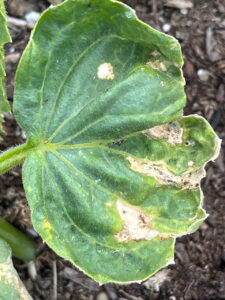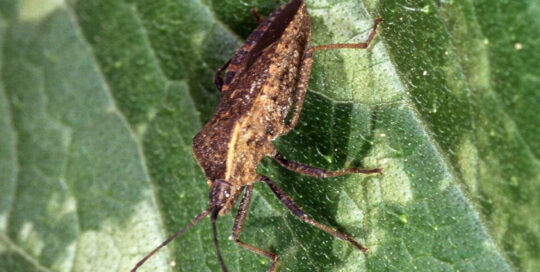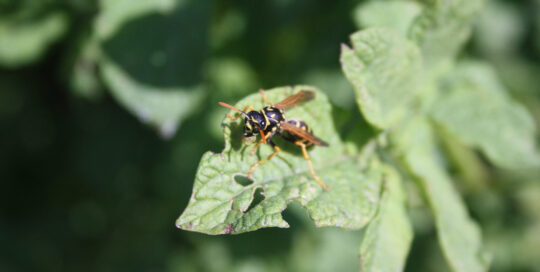Prominent Pests and Potential Diseases of Cucumbers
Views: 1171

Cucumbers are a favorite summer vegetable, but they’re not without their issues. Here is a look at a few of the most prominent pests and potential diseases of cucumbers.
Cucumber Beetles as Prominent Pests
Cucumber beetles strike fear into the heart of cucumber lovers because they’re so detrimental to this favorite crop. Overwintering in the debris, cucumber beetles emerge and feed upon the plants beginning early in the season. Besides weakening the plant from the ground up, they also transmit bacterial wilt making their presence a double whammy. To handle cucumber beetles, clean the debris in the winter, plant cucumbers in a different area each year, and pick off any beetles you see.
Squash Bugs Like Cucumbers, Too
These are other potential pests of cucumbers and other curcurbits. Squash bugs are greyish brown and roughly 1/2 inch long so they’re not impossible to spot. But even though they’re not small, they’re skittish making them difficult to catch. One way, though, is to put a piece of cardboard or flat stone at the base of the plants. Like earwigs and pill bugs, they’ll congregate underneath and become easy targets. Also, look for clusters of light brown to reddish colored eggs on the leaves. If you see them, squish them. They’re easier to control if you catch them early.
Pickleworms
With a name like pickleworm, there’s no doubt that they attack cucumbers. They tend to be a pest of the warmer states, overwintering in Florida and moving north throughout the season, but the tiny caterpillars can do considerable damage. They like the cucumber fruit the best, although they’ll drill into other parts of the plant. Eggs are super tiny, roughly the size of a grain of sand, making them nearly impossible to detect before they’ve hatched and started the damage. While they will eat the plant parts, they prefer the cucumbers themselves, which ruins the fruit. Don’t eat it if there are pickleworms present. Because they tend to show up towards the end of the season, choose shorter maturing varieties to harvest them prior to potential harm. You can also use Bt or spinosad weekly when the plants begin blooming.
Potential Disease – Anthracnose
Wet weather is typically the harbinger of this fungal infection, and while it thrives in temperatures around 75 degrees, the biggest factor is moisture. The primary symptoms are brown spots with black margins on the new leaves that will spread to the stems and fruit if conditions persist. The best way to reduce the chance of an infection is by choosing resistant varieties. It’s also important to give the plants plenty of space in between them to provide good air circulation. If dry weather is on the horizon, and the plants aren’t badly affected, it will often resolve. If it’s spread considerably, pull the plant and toss it in the trash.
Cucumber Mosaic Virus vs. Downy Mildew
Aphids are the culprits when it comes to transmitting CMV. The leaves display light green mottling and often turn brown and brittle. In this regard it could be mistaken for downy mildew that also often begins with lighter coloration on the leaves. One big difference is with the downy mildew there will often be a fuzzy fungus present. Downy mildew is also typically present in cooler, damper conditions, while CMV is more prevalent in warm areas. While neither may kill the plant outright, if CMV is present, the fruit is often affected with a bitter taste. In this case, pull the plant and toss it. Some people do treat mildew with a solution of baking soda in water, although it’s more of a measure of basically limping the plant through for some sort of harvest.
The bottom line is there are a number of prominent pests and potential diseases of cucumbers, and we have to keep our eyes open to be proactive in their treatment. One of the best pieces of advice is to choose disease resistant seeds from the beginning. This reduces the number of the problems. Beyond that, it is also wise to plant cucumbers in different areas of the garden each season. This way, if there are any specific pests and diseases present, they don’t have easy access to their favorite plants. And, as always, it’s good to provide ample space in between plants to reduce the spread of either.
Meet Amy Grisak
Amy is a freelance author and photographer in Great Falls, MT who specializes in gardening, foods, and sustainable agriculture. She provides information on every kind…
Amy's Recent Posts

Squish Squash Bugs Before They’re a Problem








